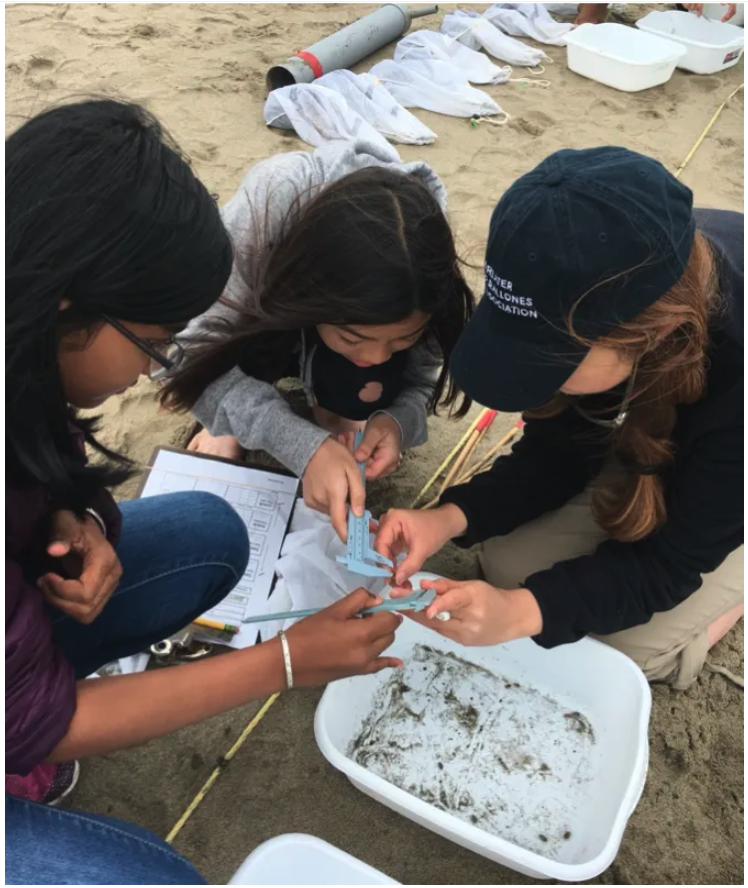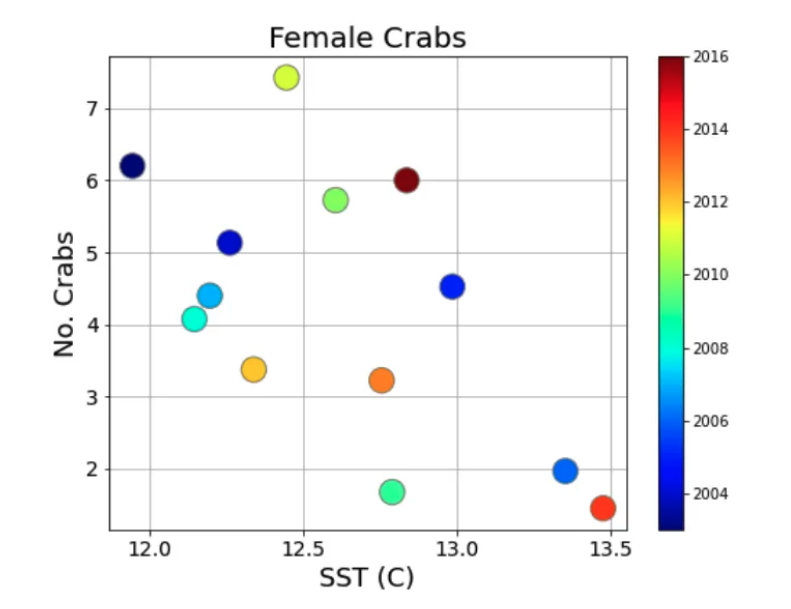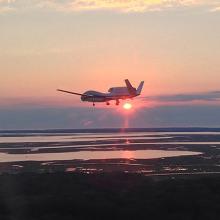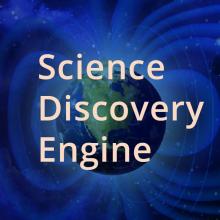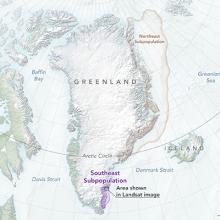At IMPACT we're all about science: Earth science, computer science, data science. We also make sure to nurture the next generation of scientists. Day-to-day that typically involves incorporating graduate research assistants and undergraduate interns into our research and development processes. But we also have team members who work with emerging scientists at the high school level. One example is IMPACT team member Dr. Chelle Gentemann, and her colleague Dr. García Reyes, who work with the Careers in Science (CiS) intern program which is part of the California Academy of Sciences in San Francisco, CA. Some of the CiS interns who have been working with these scientists will present at the virtual Fall 2020 AGU!
The CiS intern program provides San Francisco youth from communities traditionally underrepresented in the science, technology, engineering, and mathematics (STEM) fields with opportunities to immerse themselves in the sciences. Students attend weekly meetings and engage in science research through hands-on field work and research projects. Earth sciences have historically excluded minoritized groups. CiS breaks down this barrier by having representatives from historically excluded groups give talks on their science and mentor students. Dr. Gentemann believes this represents a successful model for engaging historically excluded groups. She explains,
"It is hard to visualize yourself doing science if it is either never presented as an option and/or you don’t see anyone whom you can identify with participating in it. These students are the future, and I appreciate the opportunity CiS gives me to try and encourage them to select Earth sciences as a future career choice."
This year, several CiS student interns have been working on a project with Dr. Gentemann and Dr. Marisol García-Reyes that matches large satellite data to data collected by the CiS interns to determine if the sea surface temperature (SST) of the ocean caused by marine heatwaves (MHW) affect the abundance and reproduction of Pacific mole crabs in Ocean Beach, San Francisco. Originally the CiS interns had thought that the number of crabs decrease during periods of warm temperatures, but they found that besides female crabs, all correlations are negative. This means that if California ocean water temperatures continue to increase, there will eventually be less and less mole crabs.
A paper on this project will be presented at the 2020 AGU Fall meeting. This paper compares mole crab abundance with SST values at Ocean Beach and surrounding waters. The CiS researchers used the global, daily, 1 km, Amazon Web Services Public Dataset Program NASA Multi-Scale Ultra High Resolution SSTs to understand SST variability and how the environment changed during "The Blob," a Pacific warm-water phenomena that formed in the spring of 2014. In 2019, the ocean again warmed in a similar manner.
CiS intern Emma Chu explains that this study of the effect of marine heatwaves on Pacific mole crabs is significant for the scientific community because the results help identify what the problems are and what needs to be changed. For instance, based on the results, it can be concluded that if California ocean water temperatures continue to increase at the current rate, then the mole crab population will severely suffer. Ms. Chu believes this avenue of research is crucial for everyone to know about, even if they’re not apart of the science community because Pacific mole crabs are a key element of the ecosystem:
"Even if you're not someone who is interested in science, but still someone who goes to the beach, then you should be passionate about MHWs because if this rate of temperature increase continues, then the entire ecosystem will be disrupted which will change the way the beach and its ecosystem look and function. Because temperature is such an important factor for marine life living in certain ecosystems, MHWs can often change the habitat range of certain species which can greatly affect the overall biodiversity of its ecosystem."
During the 2020 AGU Fall Meeting, be sure to make time to check out the research work of this next generation of scientists.
Learn more about Dr. Gentemann. More information about IMPACT can be found at NASA Earthdata and the IMPACT project website.
